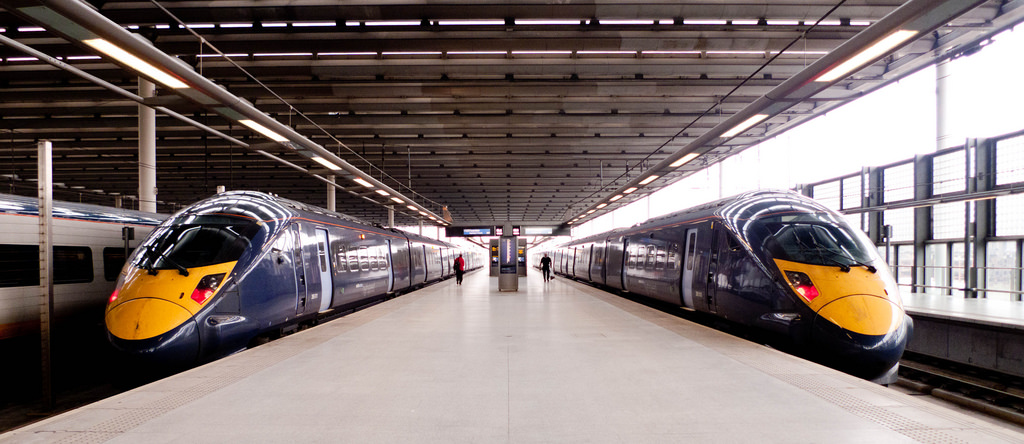DC-Baltimore Maglev a Boondoggle in the Making
The Northeast Maglev company recently wrapped up meetings in Maryland and Washington, DC, to discuss their proposal for a new high-speed rail line. Backed by the private Central Japan Railway Company, the full line would run from Washington to New York and cut the trip time to one hour for express trains.
The company plans to also run local trains, with stops in Baltimore as well as at major airports: Newark, Philadelphia, and BWI. The prospect of a 15 minute trip between Washington and Baltimore has won the company supporters, among them Maryland Governor Larry Hogan (R).
Efforts to bring innovation to transportation within the congested Northeast Corridor are laudable, but passenger-rail projects are magnets for public money. The environmental impact review for the maglev (magnetic levitation) proposal was paid for by the federal government, and the project will likely receive further federal funds.
The proposed routes include many miles of tunnel in a country where tunneling costs are high by world standards. With a price tag of $10 billion to connect Washington and Baltimore, before cost overruns, the project could prove to be a costly failure, particularly if the trains fail to reach ridership goals in the competitive Baltimore-Washington travel market. This works out to a price of about $250 million per mile.
This is substantially more per mile than the two most recently built subway lines in Tokyo. Indeed, at its current price tag, it would be one of the most expensive rail lines ever built on a per-mile basis. The specter of substantial overruns could spook the company’s potential investors, as well as state and local bondholders, should a bailout or future operating subsidies be on the horizon.
Even if the line were built and successful, the opportunity cost of a new rail right of way that could be used to relieve congestion of existing trains and highways could still make it a net economic loss. As a Maryland railroad, Northeast Maglev has acquired the ability to use eminent domain to take land to build its route. Whichever route is chosen, the same space could be used for alternative purposes, be they agriculture, homes, or other transportation modes. If a route uses existing rights of way, it could preclude other uses. Indeed, the potential route along the Baltimore-Washington parkway could interfere with Governor Hogan’s proposal for new toll lanes.
The idea of quick Baltimore-DC travel has always been a part of Maryland’s transportation planning. New highways could help; better rail and transit could do the same. A maglev train as part of this future could be prove to be one of the most costly decisions Maryland policymakers will make.
Image: Get Down

